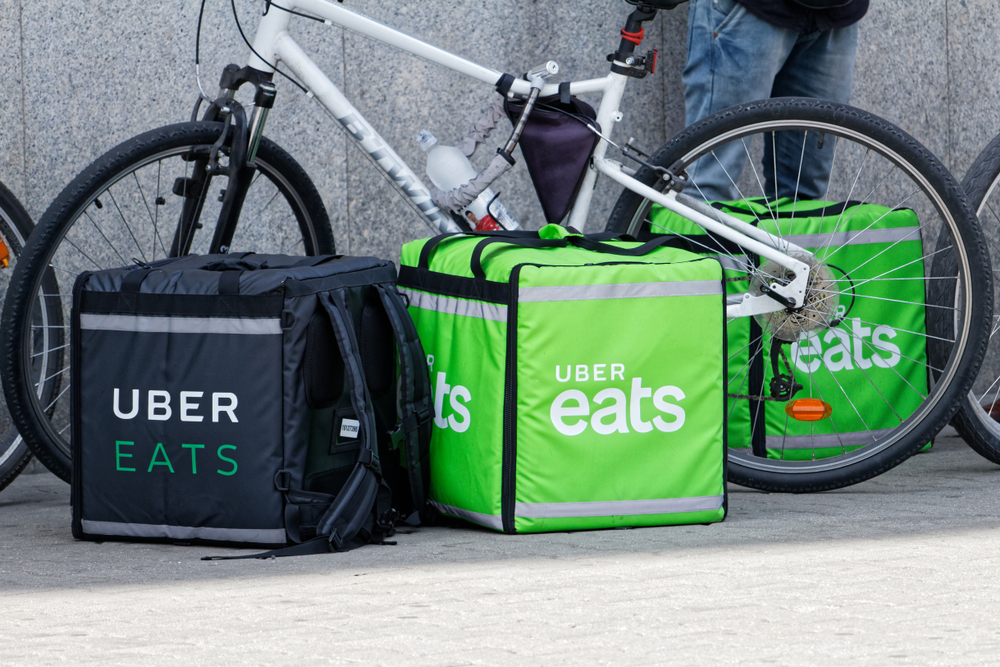
Uber’s cross-platform activity continued to gain ground as members engaged more often with the company’s continuum of services.
And members of the company’s premium paid programs, management said on the conference call Tuesday (Aug. 1), are driving a significant percentage of bookings — and could represent more than 50% of bookings in the years ahead.
The company’s delivery segment saw some reacceleration of bookings growth, to 14%, where that rate had been 12% in the first quarter and 12% in the year-ago quarter. The company detailed that grocery and other new verticals are growing, as 13% of delivery users are ordering from those verticals.
Total gross booking, company-wide, was up 16% to $33.60 billion., as the company announced Tuesday.
Monthly active platform consumers reached 137 million: MAPCs grew 12% year over year to 137 million, Uber disclosed.
Freight revenues slid by 30% in the second quarter, as noted in presentation materials.
CEO Dara Khosrowshahi said on the conference call with analysts, “for most of our history, profitable wasn’t the first thing that came up when you asked someone about Uber. In fact, many observers over the years fully claimed that we would never make any money.”
But in the second quarter, as has been widely reported, the company logged its first-ever GAAP operating profit of $326 million.
The company also notched what Khosrowshahi said was a new, all-time high of $15.1 billion in total earnings for drivers and couriers on the platform.
During the question and answer session with analysts, the CEO said that the company should be able to grow its audience with a high single-digit to low double-digit percentage rate, noting that the frequency of usage has been on the upswing and now stands at 5.6 uses per month. In markets such as Brazil, he noted, with an eye on core mobility activity, that frequency increases to more than seven times monthly.
“We’ve got many, many years of increasing frequency,” he said, “as we add more products into the service.”
Offering up some granular insight into the Delivery segment, Khosrowshahi said that average delivery times are improving, as are basket sizes — and there’s an opportunity to take on more restaurant presence, as the penetration rates range between 20% to 40% of restaurants depending on the market.
“All of the inventory out there,” noted Khosrowshahi, “these restaurants in the marketplace, they’ve got loyal clients, they’re servicing their local business and their local communities, and we think as we wire them up, then naturally more people want delivery because it’s another way of staying connected.”
Also on the call, CFO Nelson Chai said that “one area we’re quite excited about” remains Uber Cash, where the money consumers “earn” on their mobility rides can be spent elsewhere on the platform. Members spend about four times the amount that nonmembers spend, as computed monthly.
“It’s a win for Uber because what we observe is that it drives increased incrementality as far as membership benefit goes,” said Chai. The company is also working on “technical capabilities” that would allow upselling of members from a monthly membership to annual memberships. He said membership is in the “high 20” percentage points as far as gross bookings penetration, platform-wide.
“Our aim is to get to the 50% level,” he said.